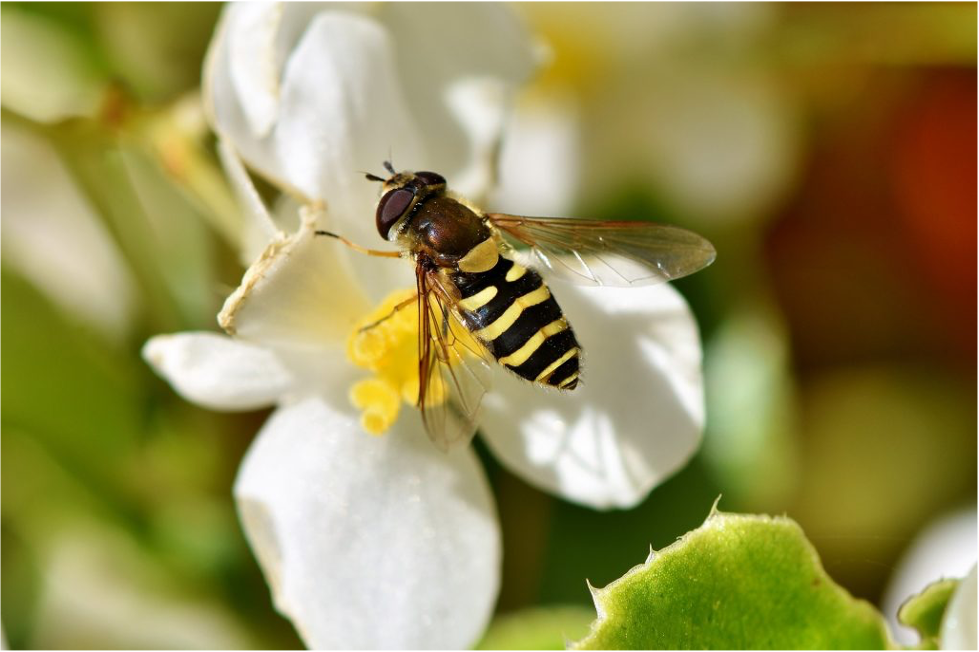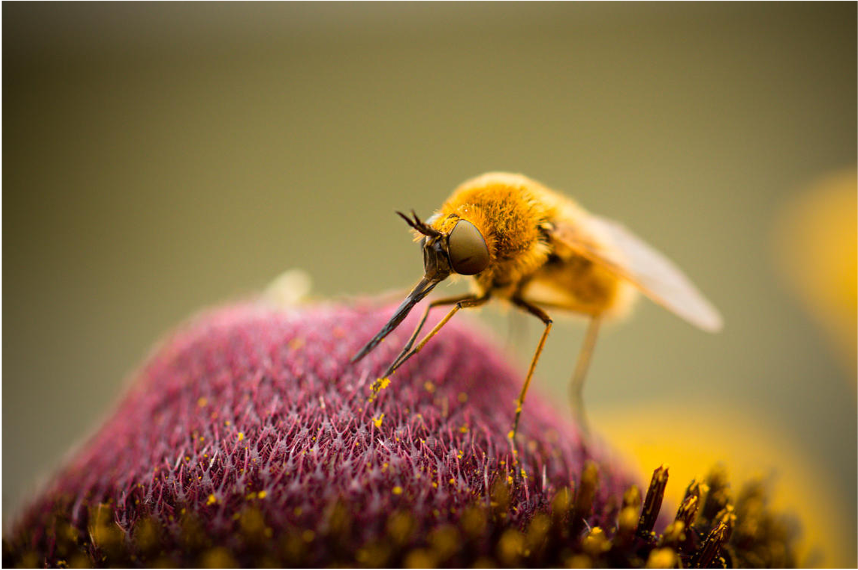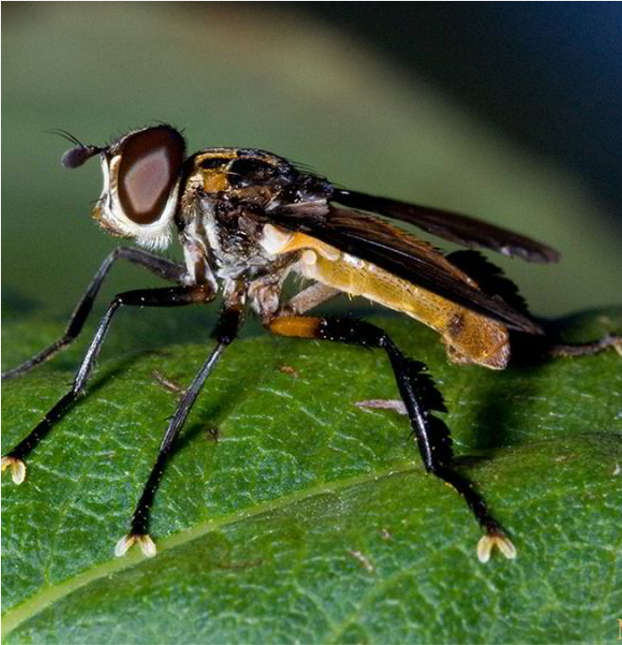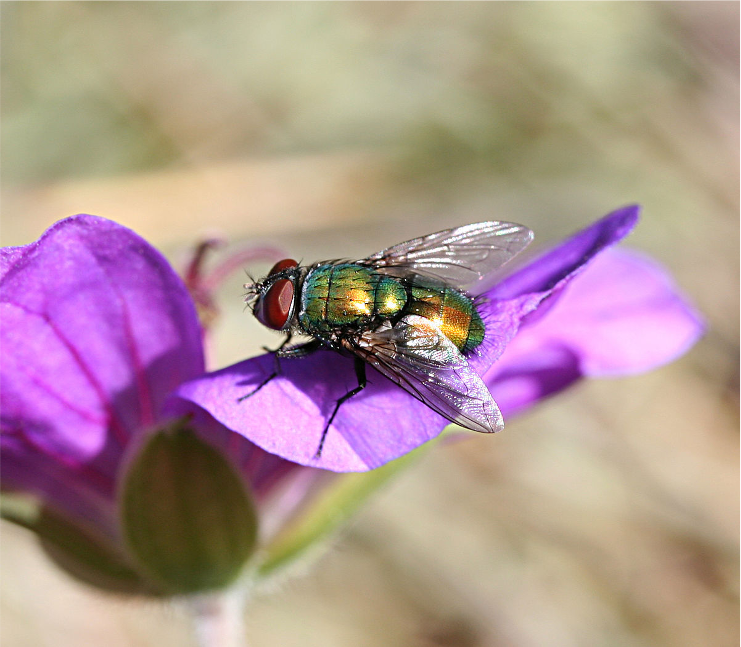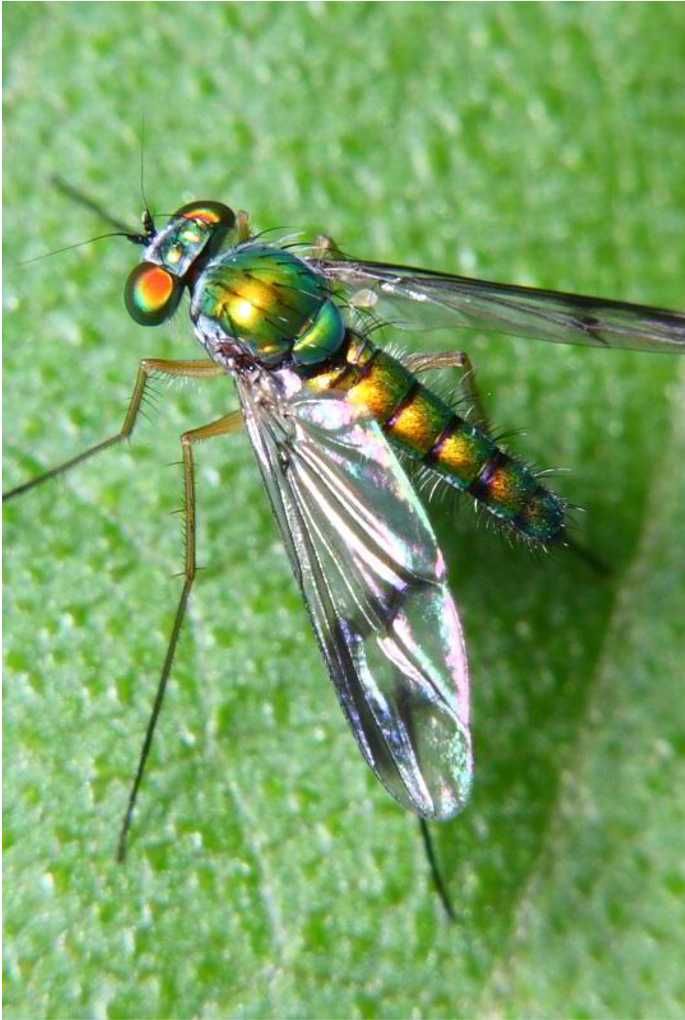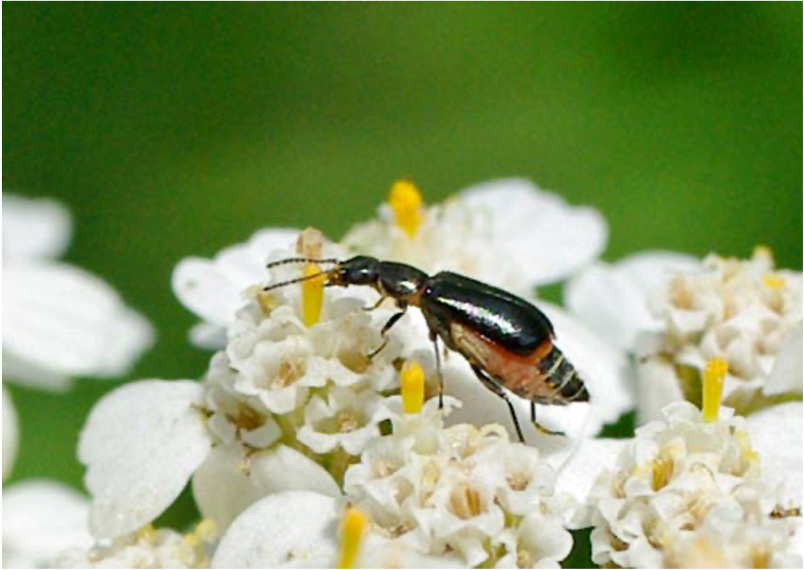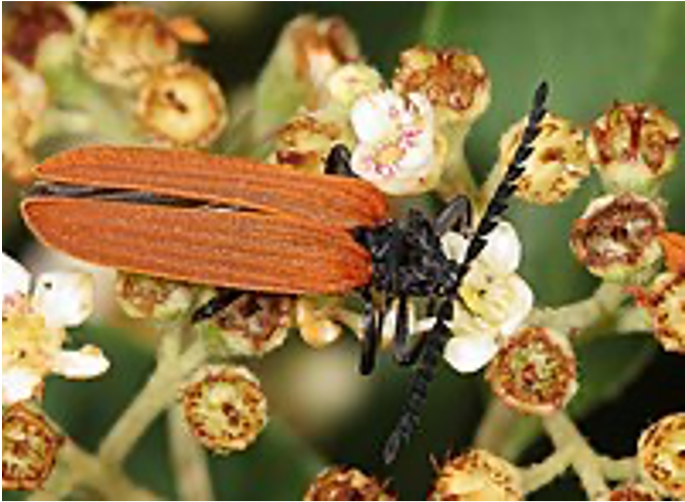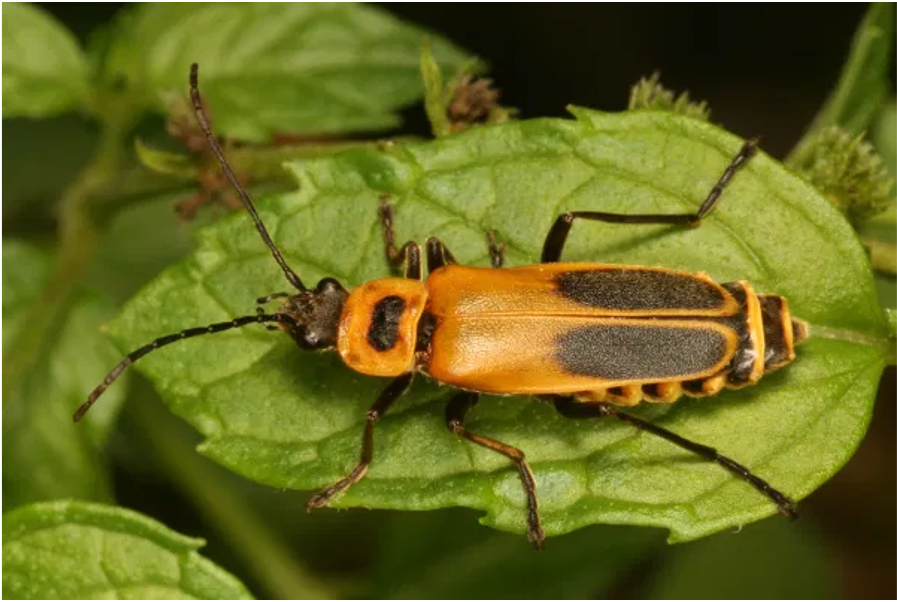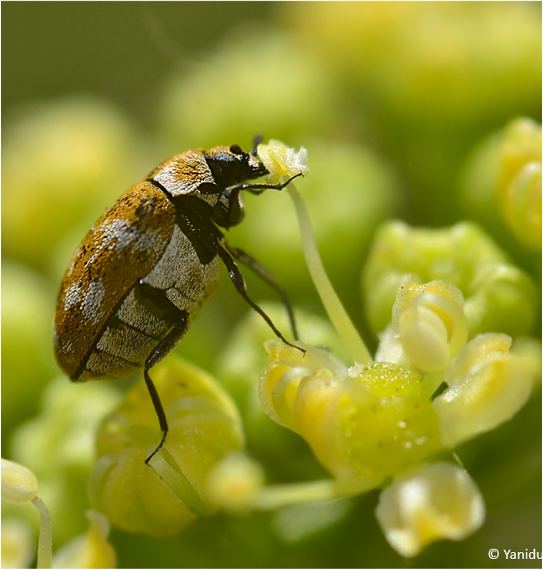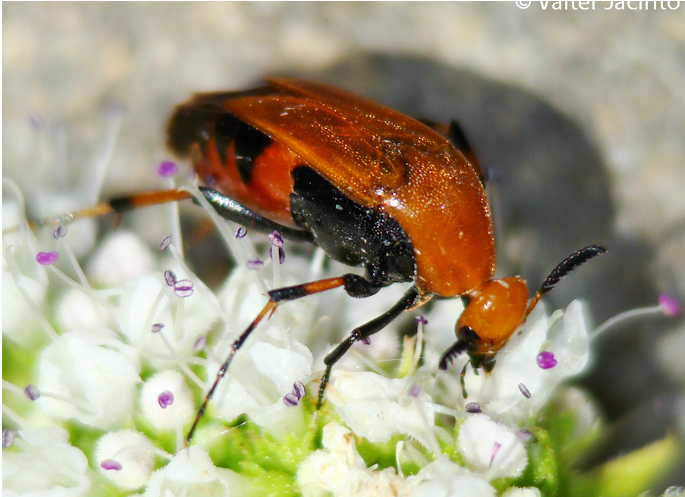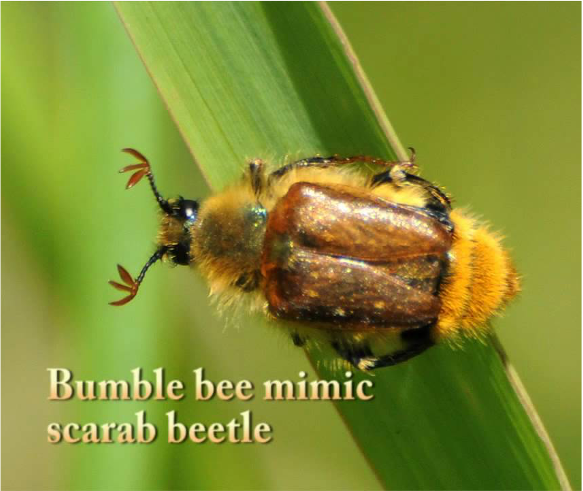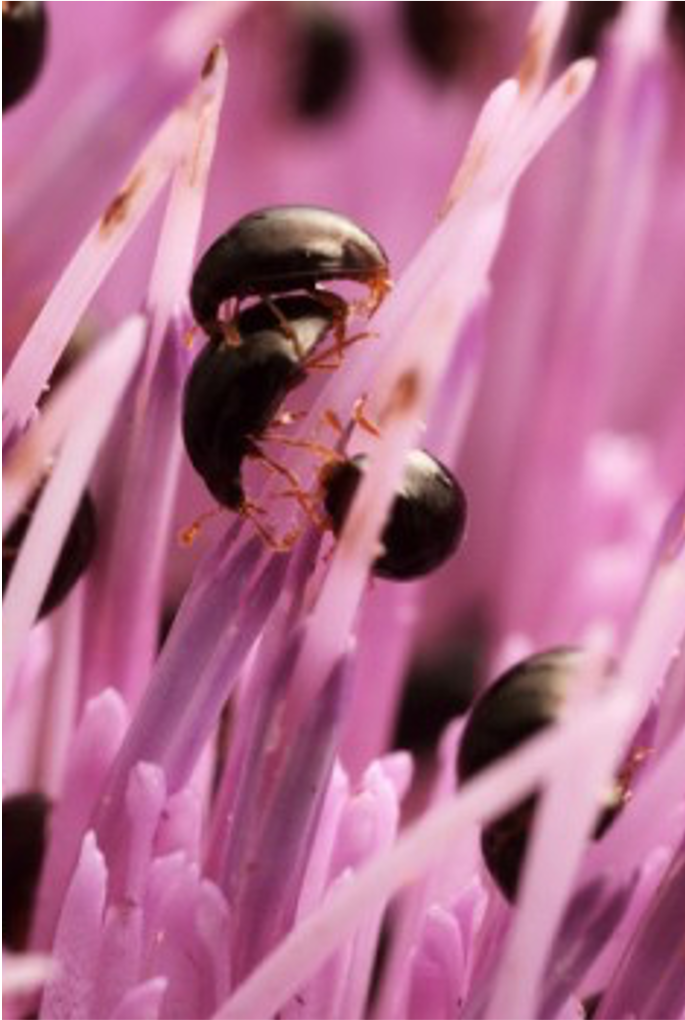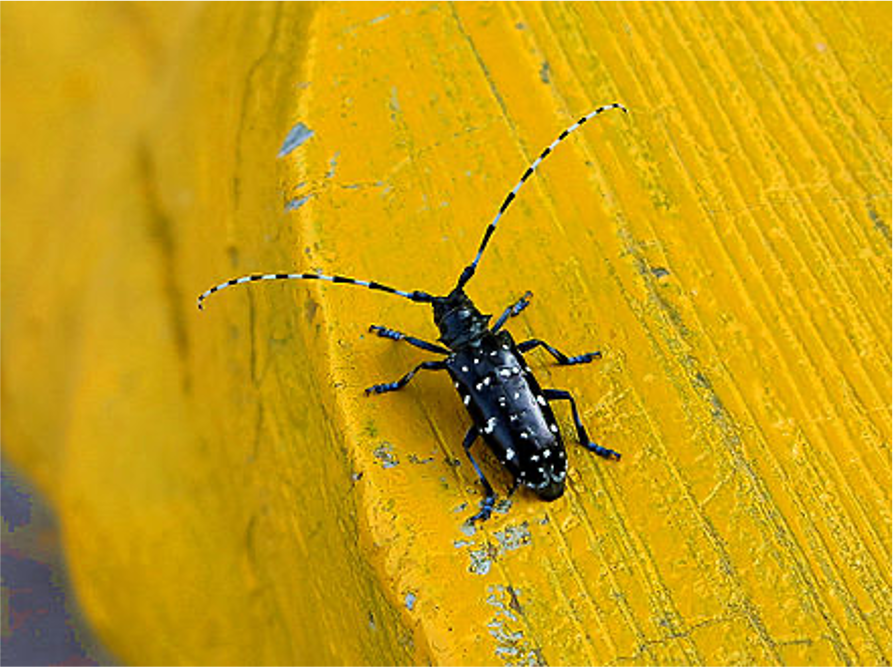Common Pollinator Species in the Appalachian Forest Region
Pollination in the Appalachian forest is dominated by native bees and butterflies. However, many moths, flies, beetles and honey bees also play an important role.
Long-horned bee (Melissodes)
Due to the cold and wet climate, native bees provide the majority of pollination services, as they are active in these climatic conditions while other species are not. Additionally, some native bee species buzz-pollinate flowers, which means that they produce intense vibrations inside the flower, resulting in the release of pollen. This technique results in larger and more abundant fruit from species such as tomatoes, cranberries and blueberries, and is not done by other species.
The West Virginia Pollinator Handbook has made an effort to provide a list of the butterflies, moths, bees, flies and beetles in their order of abundance in the Appalachian forest region. However, this is difficult because of the varied environment in the region and the lack of consistent surveying data. To contribute to knowledge of pollinator species in your area, go to our citizen science page, found here!
The following is a list of some of the most common pollinator species you might find in your garden or out on a hike, in order of abundance (left to right and top to bottom):
Butterflies and Moths (Lepidoptera)
Bees (Hymenoptera)
True flies (Diptera)
Beetles (Coleoptera)
Information sourced from the West Virginia Pollinator Handbook, created by the WV NRCS Environmental Services, the WV Division of Natural Resources and the Xerces Society for Invertebrate Conservation (found here).
Author: Dayla Woller























